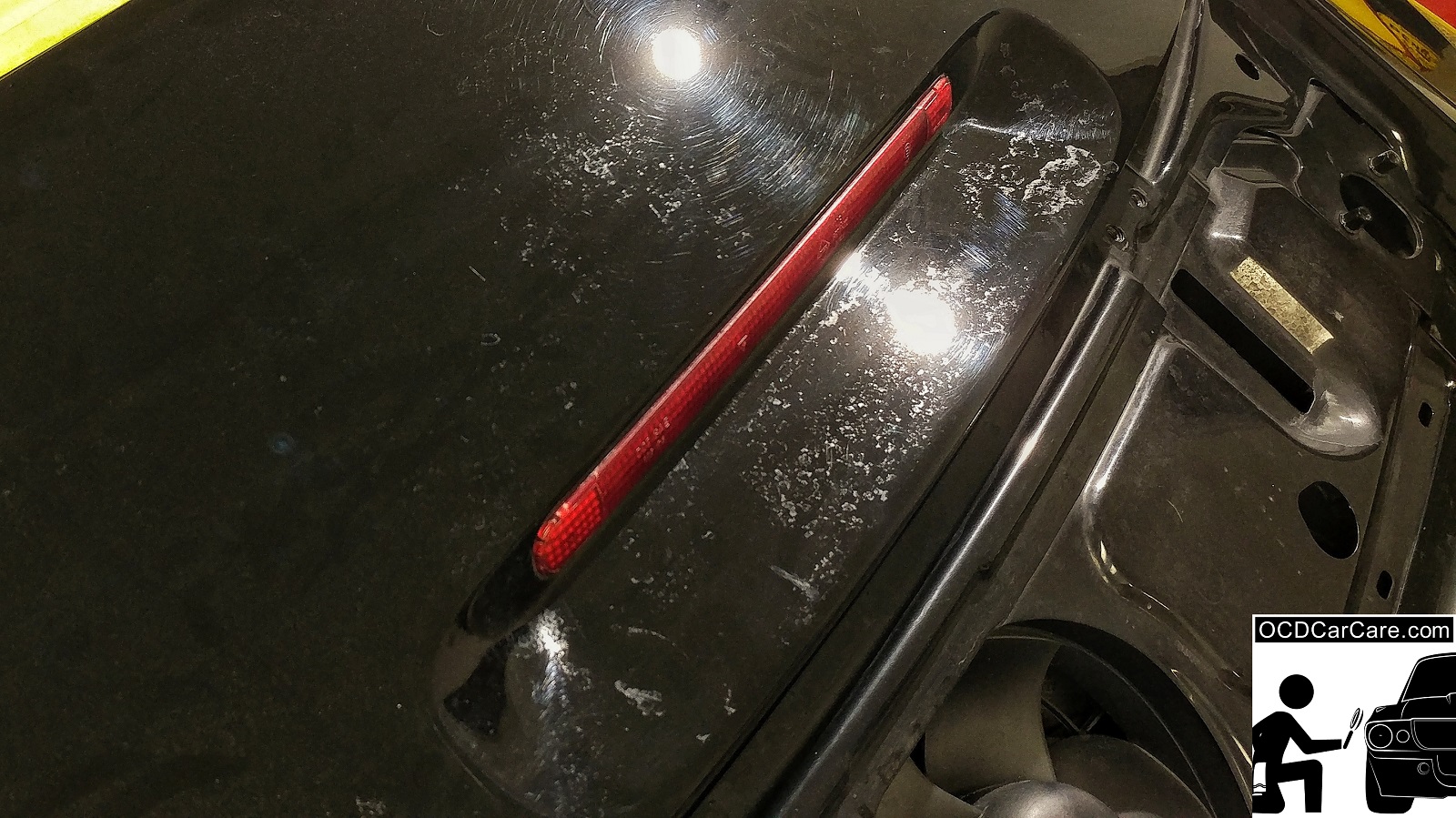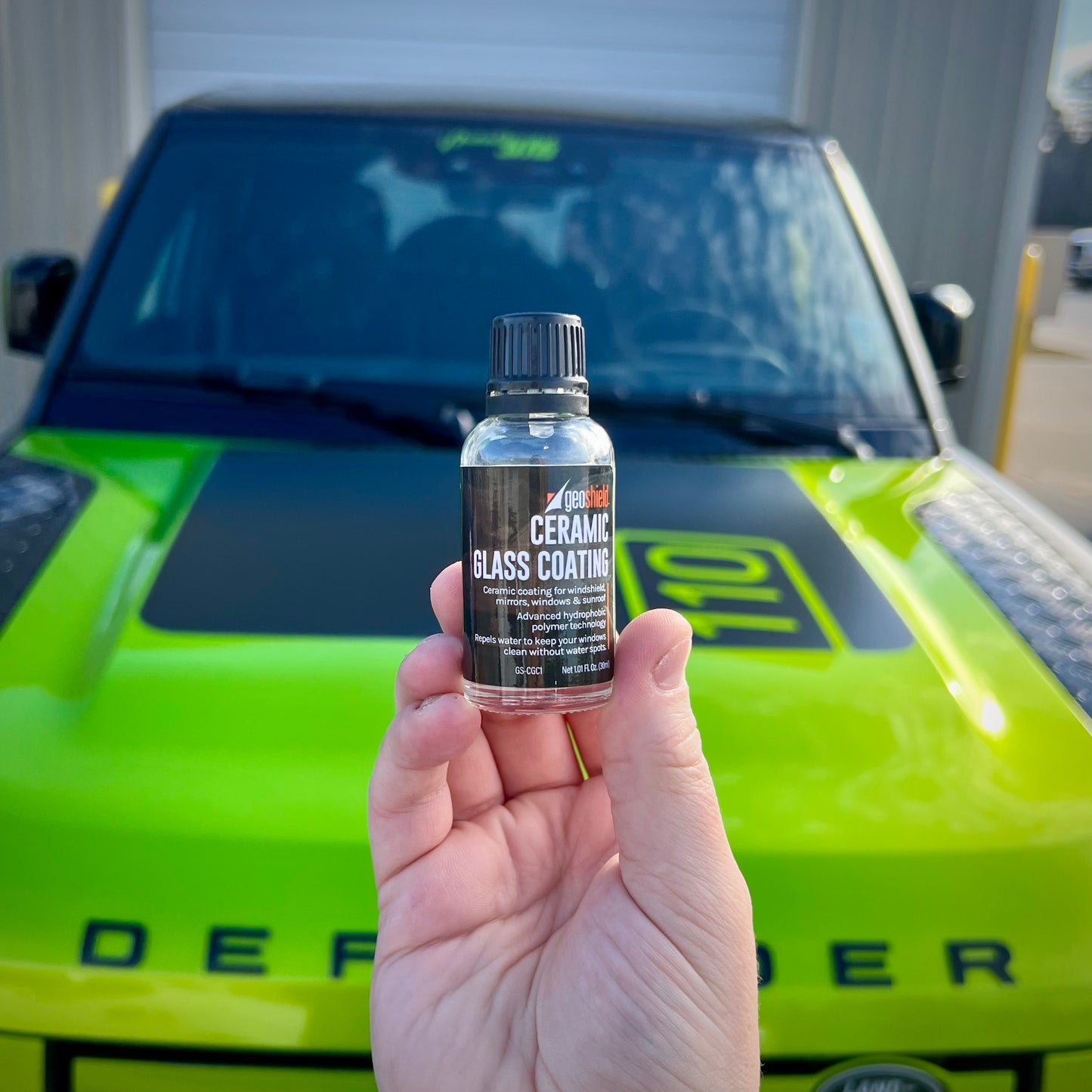Why Drivers Count On Ceramic Coating Philadelphia for Superior Automobile Treatment
Why Drivers Count On Ceramic Coating Philadelphia for Superior Automobile Treatment
Blog Article
Why Ceramic Layer Is the Ultimate Option for a Flawless End Up
Ceramic layer has arised as a leading option for those looking for a remarkable finish for their vehicles, many thanks to its remarkable toughness and safety functions. This innovative liquid polymer not only bonds effortlessly with factory paint yet likewise offers an awesome obstacle against typical risks such as scrapes, UV rays, and toxic wastes. Its hydrophobic homes streamline maintenance while boosting aesthetic appeal. Nevertheless, understanding exactly how this modern technology compares to conventional techniques and exploring its application subtleties can expose a lot more about its value. What factors absolutely set ceramic layer apart?
What Is Ceramic Finish?

When used properly, ceramic finish creates a hydrophobic surface that pushes back water and dust, making it simpler to clean and maintain. Unlike conventional waxes or sealants, which generally use short-lived security, ceramic coverings can last for numerous years, relying on the item high quality and application technique. The procedure of applying ceramic layer requires meticulous prep work, consisting of extensive cleaning and often repaint improvement, to make certain optimal bonding and performance.
Ceramic finishings are not limited to automotive surface areas; they can additionally be used on various materials, including glass, metal, and plastics, giving a versatile remedy for boosting security. In general, ceramic coating represents a significant improvement in surface protection innovation, incorporating both useful and visual advantages for a variety of applications.
Benefits of Ceramic Coating
While numerous surface area defense alternatives exist, the benefits of ceramic covering attract attention as a result of its distinct residential properties and lasting performance. Among the main advantages is its remarkable longevity. Ceramic Coating Philadelphia. Unlike conventional wax or sealants that need regular reapplication, ceramic coverings provide a resilient layer that can last for several years, significantly reducing maintenance efforts
Another remarkable benefit is enhanced defense versus ecological contaminants. Ceramic layers produce a hydrophobic surface area that wards off water, dust, and various contaminants, making it simpler to cleanse. This attribute not just protects the car's appearance but also minimizes the risk of corrosion and oxidation, particularly in extreme climate problems.
Furthermore, ceramic finishes offer remarkable resistance to UV rays, preventing fading and degradation of paint in time. This UV defense is vital for preserving the visual worth of cars and surfaces revealed to direct sunlight.
Additionally, the glossy coating achieved with ceramic coating boosts the general visual allure, providing surfaces a showroom-quality luster. Overall, ceramic finishes represent a significant improvement in surface protection technology, giving long-lasting benefits that provide to both aesthetic and functional requirements.
How It Functions
Recognizing the science behind ceramic layers discloses exactly how they provide such amazing security and long life. At its core, a ceramic coating is a liquid polymer that chemically bonds with the lorry's manufacturing facility paint.
The application process entails numerous actions, including surface prep work, which is critical to attaining optimum bond. When applied, the finish undergoes a curing process, throughout which it hardens and forms a semi-permanent bond with the paint surface area. This bond is what differentiates ceramic coverings from traditional waxes and sealants, offering a longer-lasting protective obstacle that can endure for many years.
Furthermore, the thickness of the finish can improve its safety high qualities, guaranteeing that it can withstand severe problems. Eventually, the scientific research of ceramic coverings incorporates sophisticated materials with innovative application techniques to deliver an unequaled degree of defense and visual enhancement for vehicles.
Contrast With Typical Techniques
The benefits of ceramic layers more info here become particularly noticeable when compared to traditional paint defense methods such as waxes and sealants. While waxes provide a temporary sparkle, usually lasting a couple of weeks to a number of months, ceramic coverings provide a resilient safety layer that can sustain for numerous years. This sturdiness substantially decreases the regularity of reapplication, making ceramic layers an extra affordable option over time.
In addition, standard techniques often require substantial preparation and multiple applications to attain a satisfactory level of protection. On the other hand, ceramic coverings bond at a molecular level with the lorry's surface area, producing a robust shield versus environmental contaminants like UV rays, acid rainfall, and roadway salts. This bond boosts the vehicle's resistance to scratches and swirl marks, which are widespread with conventional waxes and sealers.
In addition, the hydrophobic important source homes of ceramic coverings repel water and dirt, resulting in less complicated cleansing and maintenance. On the other hand, wax and sealant-treated surfaces can attract gunk, requiring even more regular washing - Ceramic Coating Philadelphia. Overall, ceramic finishes not only supply remarkable defense yet also provide a more aesthetically appealing and long-lasting surface, developing them as the preferred selection for critical lorry owners
Application and Maintenance Tips

Utilizing a foam applicator, use the coating in tiny areas, adhering to the producer's standards regarding density and overlap. Permit sufficient healing time between coats, commonly 24 hr, to guarantee correct bonding. After application, it is crucial to prevent direct exposure to water or harsh aspects for at least a week to permit the finish to totally cure.
Additionally, using a ceramic upkeep spray can enhance the finishing's hydrophobic buildings and longevity. Regular evaluations for any type of indications of wear will assist keep the coating's honesty and protect that immaculate finish.
Conclusion
In final thought, ceramic covering arises as a superior option for attaining a flawless automobile finish. By creating a durable bond with factory paint, ceramic finishing successfully shields versus scrapes, UV rays, and environmental contaminants.

Report this page